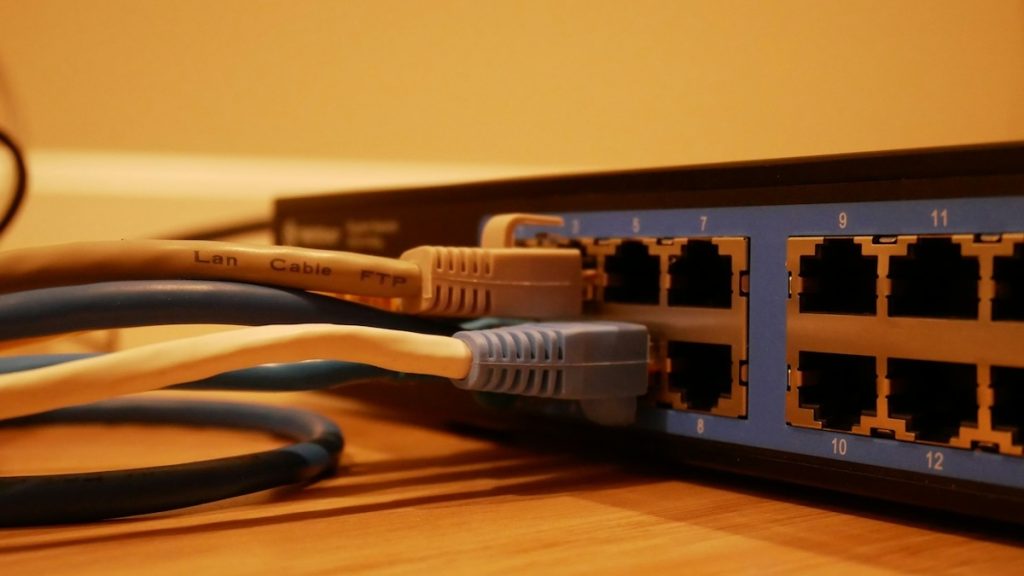We live in a society where information is easily available at the click of a button.
This accomplishment is attainable thanks to the accessibility of the Internet, which can be easily accessed through a dependable Wi-Fi connection.
Unfortunately, Wi-Fi is not really a perfect service despite its impressive features. At any given moment, various factors may cause the signal to be delayed or lost. This issue is significant for businesses that depend heavily on Wi-Fi for their daily activities and cannot be ignored.
Usually, the performance of your company’s Wi-Fi network is frequently associated with the configuration of the hardware. The goal of this article is to provide practical guidance on setting up your wireless network for optimal functionality and speed. So, let’s begin.
1: Opt for a Mesh Network System
When you consider Wi-Fi, you may imagine a form of direct data communication from your computer to the Internet. Using a typical Wi-Fi setup, this is mostly accurate because your router sends your signal sequentially through each node in the network.
These nodes symbolize various machines linked to the system, enabling each node to connect to the wireless network through the router. Nevertheless, the nodes are unable to communicate with each other directly to enhance that link.
This is the point at which a mesh network really starts to stand out. In a mesh network, each node is connected and responsible for transmitting the signal throughout the network.
Therefore, mesh networks provide several advantages that improve the speed at which the data is made accessible to users. In essence, mesh networks entirely rely upon collaboration to speed up information access while also enabling traffic to be redirected smoothly as required.
2: Monitor Internet Usage
Ensuring your company’s Wi-Fi network is effective involves more effort than just installing a system update. At times, you’ll need to continuously observe network usage to identify potential connectivity problems. The efficiency of a Wi-Fi network depends on multiple variables, with the number of users being a key factor.
A wireless network, such as the international MPLS network, functions based on a specific bandwidth that determines the speed and efficiency of the wireless system.
If you frequently transfer large amounts of data, you will need an Internet package that offers a high or unlimited amount of data to ensure you have optimal bandwidth for your operations.
Even with a high bandwidth, your office’s connection speed may still be affected by information congestion. Sometimes, this situation can be attributed to a singular employee or group engaging in data-heavy activities that utilize a significant portion of the total bandwidth available.
By keeping track of the data consumption of each device in your workplace, you can pinpoint the origin of the depletion and make necessary adjustments.
3: Use a Routing Software Program
Some software not only tracks employee usage but also controls the amount of bandwidth that specific devices can use simultaneously. For instance, a routing software program might create a digital structure within the connected devices and allocate high or low priority to them.
Depending on the tasks required this can be crucial for completing necessary tasks. Your Internet Service Provider or you can independently acquire Quality of Service software.
However, it can determine if a crucial task gets finished or if an employee wastes time. For instance, imagine you have a crucial project that requires uploading within a specified deadline.
The employee in charge of finishing it has completed the task, but while attempting to upload it, realized that the upload process will be done after the deadline.
Upon reviewing Internet statistics using monitoring software, it is discovered that an employee without pressing tasks is utilizing bandwidth by updating applications, potentially impacting upload speed.
Using routing software, the amount of bandwidth being used by this less important employee could have been limited, allowing the extra bandwidth to be used by the people trying to upload.
In many cases, this problem might not be huge because bigger companies typically have greater access to larger amounts of bandwidth compared to regular consumers.
Nonetheless, this may pose a challenge for smaller companies.
4: Maintain Your Hardware
The efficiency of computers depends on their hardware, which quickly becomes outdated.
Your cutting-edge computer can become outdated in just two years when newer, more advanced parts are introduced to replace them.
Not only that, but the older the hardware becomes, the less efficient and dependable it is. This is true for the hardware you utilize to offer Internet connectivity for your workplace.
The signal has a harder time reaching all devices within range as a router ages.
Nevertheless, this is not the only restriction. For a standalone device to use an Internet provider’s service, it must have a wireless receiver to link up with the router.
This device is integrated and sometimes linked to the computer’s motherboard in certain computers. In some cases, a separate receiver must be connected to the computer externally.
The older and more worn out the receivers are in these scenarios, the more difficult it is for them to communicate with the router.
These hardware components must be replaced as they deteriorate. If not, you could face a decrease in Internet speed or even complete loss of connection.
5: Use Various Fundamental Security Measures
Passwords are required when using technology nowadays.
These days, they can be used to protect computers, smartphones, and even door locks. However, they are also a consideration in relation to your Wi-Fi router.
You may believe that your Internet speed is not affected by your password, but that would be a misunderstanding. Having a vulnerable Wi-Fi network is a great way to encourage a lack of available bandwidth.
Imagine you have recently invested in a high-quality Internet package that includes a Wi-Fi router. The concept that providing Internet access to all your employees and implementing a password would complicate matters is valid in theory.
Just like your employees can freely and easily connect to the Wi-Fi network, anyone within the range of your router can also access it without any problems. This means that everyone can use their Wi-Fi for their own purposes.
This indicates that more individuals are using bandwidth for various activities on their mobile devices or computers. They might be engaged in a basic activity such as monitoring the weather or accessing a 500 GB file from a dubious website.
Sadly, this would result in them monopolizing the bandwidth, causing potential disruption to your employees’ tasks due to sluggish internet speeds.
To prevent unauthorized access to your office’s Wi-Fi, it is better to set up a password and only share it with your employees. Passwords play a vital role in not only restricting access to certain devices. So, we’d suggest you use the same as much as possible.
The Bottom Line
Having a reliable Wi-Fi network is crucial for contemporary work environments, and it takes significant efforts to ensure it meets the necessary speed and quality standards.
Sometimes, it’s just a matter of upgrading the technology and software supporting it.
However, certain problems are more complex and can lead to multiple headaches when attempting to address them.
Once you identify the issue affecting your network’s signal, you will discover that you are just as effective as when you initially set up the network.

